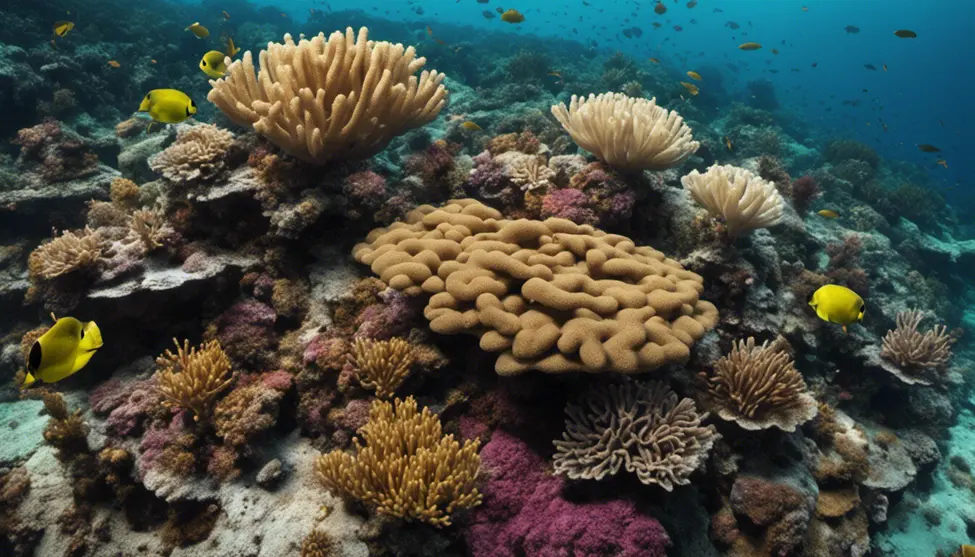Natural sea sponges, silent residents of the ocean floor, are some of the oldest and most intriguing creatures in the sea. Belonging to the phylum Porifera, sea sponges have existed for over 600 million years—predating dinosaurs, flowering plants, and even insects. Despite their simple appearance, these creatures hold many secrets beneath their porous surfaces.
What Are Sea Sponges?
Sea sponges are multicellular animals with bodies full of pores and channels that allow water to circulate through them. Unlike most animals, they don’t have organs, nervous systems, or muscles. Their simple body plan is supported by a skeleton made of either calcium carbonate, silica (glass-like spicules), or a soft, flexible material called spongin.
Types and Species
There are over 8,500 known types of sea sponges, ranging in size, color, and structure. They can be found in every ocean, from shallow tropical waters to the cold depths of the deep sea. Sponges are generally divided into four main classes:
Demospongiae – The largest class, making up over 90% of all sponge species. These include the common bath sponges and brightly colored reef varieties.
Calcarea – These sponges have calcium-based skeletons and are usually small and tube-shaped.
Hexactinellida – Also known as glass sponges, found mostly in deep water, with skeletons made of silica.
Homoscleromorpha – A rare class with distinct tissue structures, often found in cryptic habitats.
Lifespan and Growth
Sea sponges are long-lived creatures. Some species can live for a few years, while others, especially those in cold, deep-sea environments, can survive for thousands of years. A glass sponge species found off the coast of Antarctica is estimated to be over 10,000 years old. Sponges grow slowly, often just a few millimeters a year, but their longevity makes up for their sluggish development.
The Porifera Phylum
Sponges are the simplest members of the animal kingdom and are the only animals in the phylum Porifera. The name comes from Latin, meaning “pore bearer,” which reflects their porous bodies. Water enters through tiny pores (ostia), flows through internal canals, and exits through large openings called oscula. This water flow system helps with feeding, respiration, and waste removal.
Ecological Importance
Sponges are essential to ocean ecosystems. As filter feeders, they clean the water by removing bacteria and organic particles. Some sponges can filter up to 20,000 times their own volume of water each day. They also create habitats for a variety of marine species, including shrimp, crabs, and algae.
Despite their simple makeup, sea sponges are vital, complex, and ancient contributors to ocean health. Their resilience, diversity, and longevity make them one of nature’s most underrated marvels.
Also Read-
